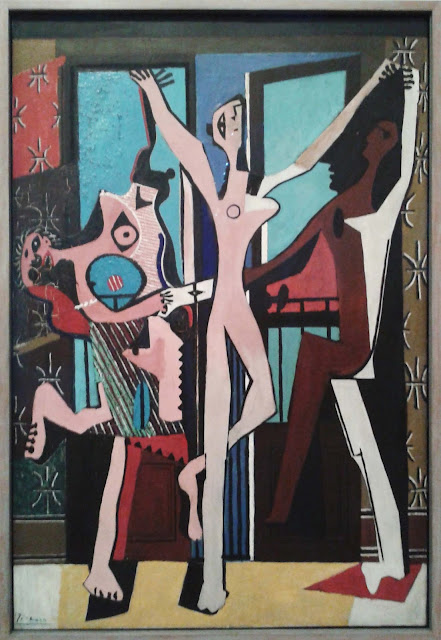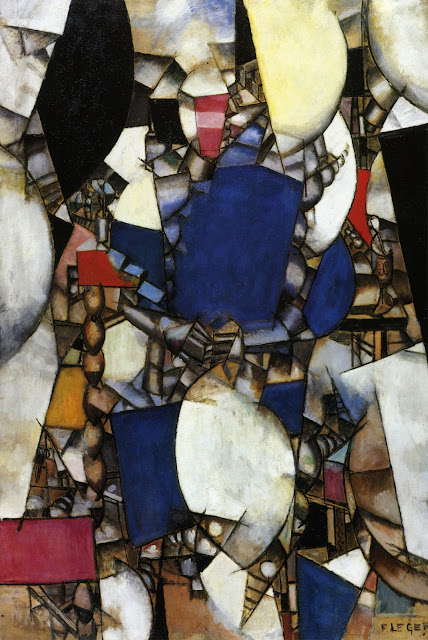Henry Moore's work has become in the course
of the years increasingly abstract, but that was,
as he himself said, "just because I believe that in this way I can
represent the human psychological content of my work as directly
and as intensely as possible."
- source Taschen publication
2007 with Jeremy Lewison
This semi-abstract
sculpture in Elmwood made by Henry Moore, depicts a mother with child on her
back (H 101,6 cm). Location: The
Hennry Moore Foundation, Perry Green.
Moore wrote: 'There are universal shapes to which everybody is subconsciously conditioned and to which they can respond if their conscious control does not shut them off."
Moore wrote: 'There are universal shapes to which everybody is subconsciously conditioned and to which they can respond if their conscious control does not shut them off."









